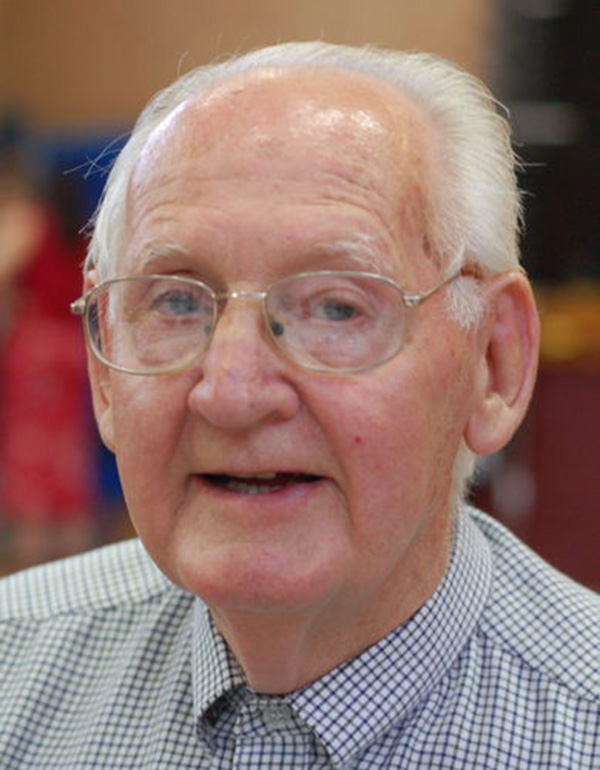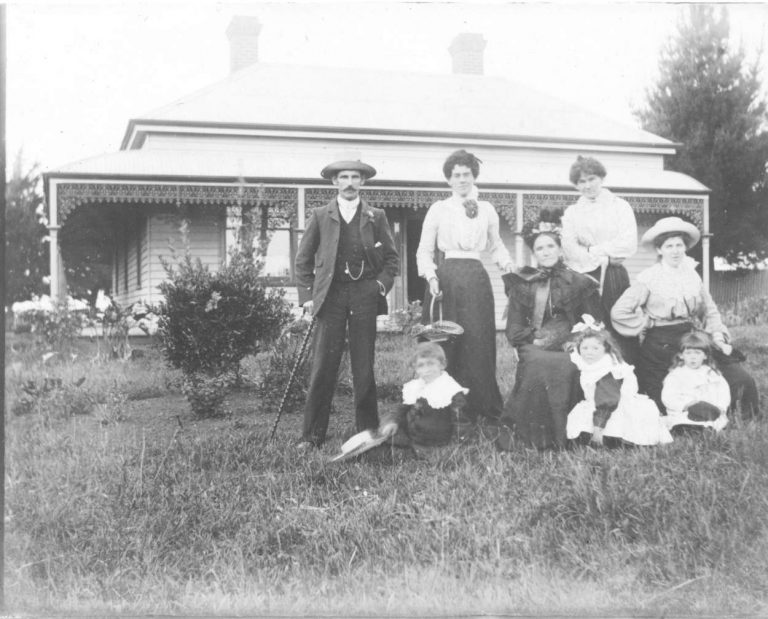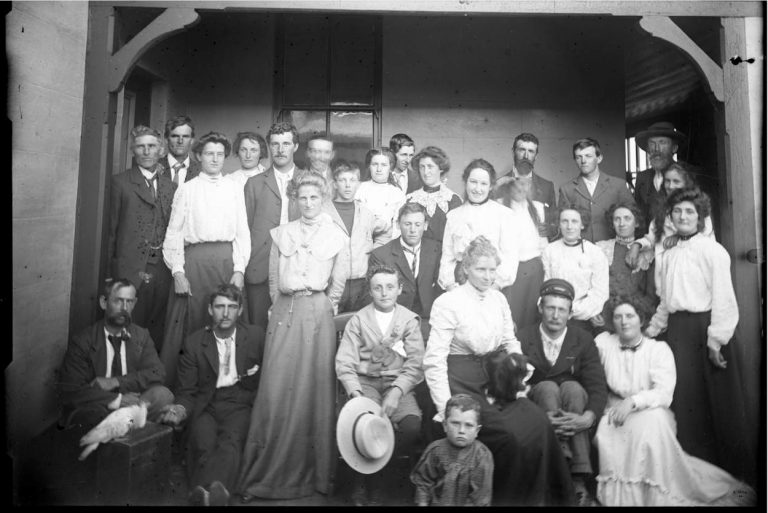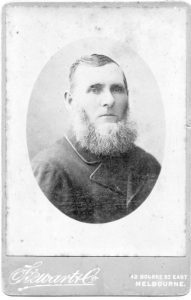George was born on 10 February 1929 in Wooloowin, Queensland. He avoided the fate of being called Valentine (his mother’s preference) by just 4 days.
His father, Frederick William Stevens, was an early Qantas pilot and the world’s first aerial radio operator. His work took the family from Melbourne to Brisbane to Sydney.
George’s mother, Cecily Woodfull Pescott, was the daughter of a wealthy family and was used to privilege. Her first child, Richard “Dick” William Stevens, was a status symbol. Her second, unintended (and unwanted), child was a bother, who interfered with her tennis and her social life. She resented George, and would later beat him, to the extent that Dick had to step in and stop her sometimes.
By his early teens, in Melbourne, George was enrolled at Melbourne High School but was forced to move out of home because of his parents’ marriage breakup to live with his maternal grandparents, one of whom had dementia. Having had enough of this disruption, he ran away to sea: on turning 16, he took passage on a ship (the Cape York), found through his father’s contacts, that serviced the lighthouses in Bass Strait, thus becoming the fourth generation of the Stevens family to serve in lighthouses. Although working as a deckhand at only 16, he later qualified as having served in WWII, as Bass Strait saw enemy action.

Click here for the full biography and links.
From the day he joined the merchant navy to the age of 80, George relied only on himself. He brought himself up, educated himself, built his own house, worked his way up the hierarchy of IBM and made enough money to retire on. Developing a terminal illness didn’t fit with his self image as an independent man and his plans to live to 100. He died on 28 December 2011.
George and Shirley had two children: Matthew Lindsay Stevens (born 1960) and Jennifer Rosalie (née Stevens) Hutchinson (born 1962).
The following link to George’s life leads to a multitude of documents, including his memoirs, family histories and naval histories that he wrote, photographs, official documents, service records, video interviews he gave to the Australian War Memorial, voice recordings, correspondence, and even the contents of his computer.


